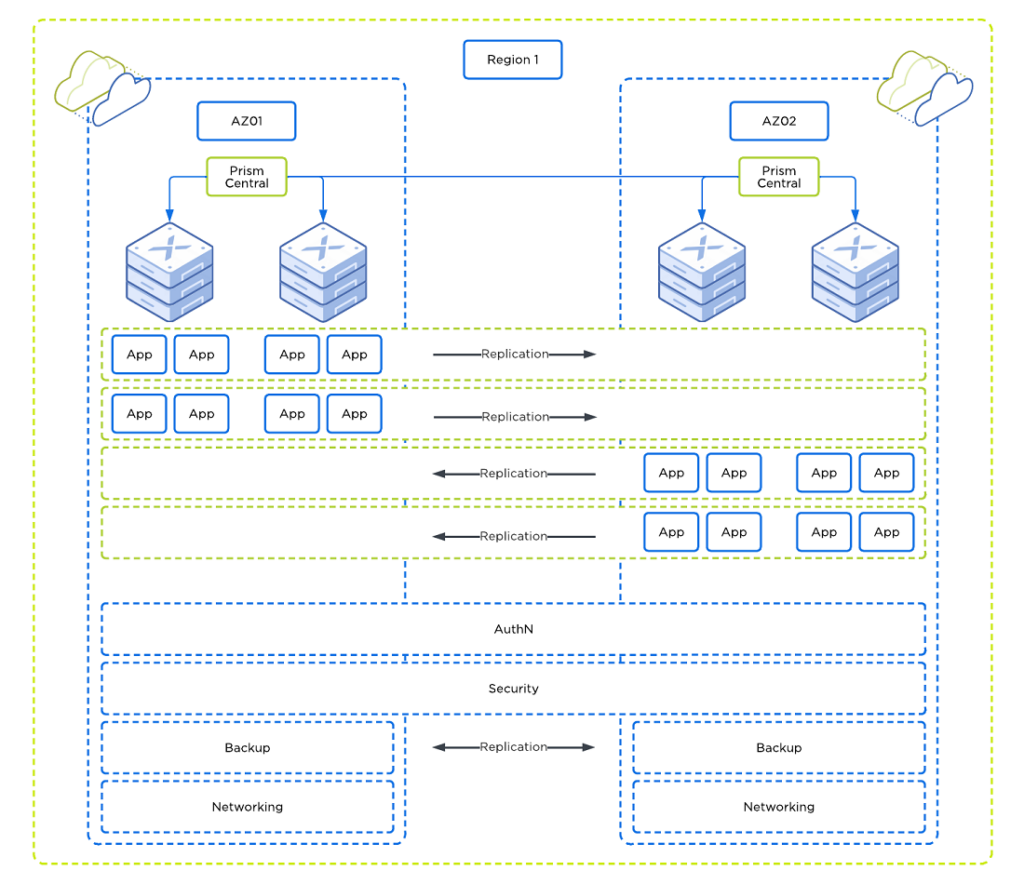
Conceptual, Logical, and Physical Design
In the context of a Nutanix solution technical proposal, the conceptual, logical, and physical design phases play crucial roles in ensuring the success, efficiency, and effectiveness of the proposed solution. Here’s an overview of the importance of each design phase:
- Conceptual Design:
- Understanding Requirements: This phase involves gathering and understanding the business and technical requirements. It helps in defining the goals and objectives of the proposed Nutanix solution.
- Alignment with Business Goals: The conceptual design ensures that the proposed solution aligns with the overall business strategy and goals. It sets the foundation for the subsequent design phases by establishing a clear vision of what needs to be achieved.
- Risk Identification: Identifying potential risks early in the conceptual design phase allows for mitigation strategies to be developed and incorporated into the proposal. This helps in creating a more robust and resilient solution.

- Logical Design:
- Architecture and Components: In this phase, the logical structure of the Nutanix solution is defined. It includes specifying the architecture, components, and their interrelationships. This design phase ensures that the proposed solution is conceptually sound and logically organized to meet the requirements.
- Scalability and Flexibility: Logical design addresses the scalability and flexibility of the Nutanix solution. It considers factors such as anticipated growth, changing business needs, and the ability to adapt to evolving technology trends.
- Interoperability: Ensuring that the Nutanix solution can seamlessly integrate with existing systems and technologies is a key aspect of the logical design. Compatibility with other infrastructure components and applications is critical for a successful implementation.

- Physical Design:
- Resource Allocation and Sizing: The physical design phase involves determining the hardware specifications, resource allocation, and sizing of the Nutanix infrastructure. This ensures that the solution has the necessary computing power, storage, and network resources to meet performance requirements.
- High Availability and Disaster Recovery: Physical design addresses considerations for high availability and disaster recovery. This includes redundancy, failover mechanisms, and backup strategies to ensure the reliability and continuity of the Nutanix solution.
- Security and Compliance: Physical design incorporates security measures and compliance requirements. This includes network security, data encryption, access controls, and any industry-specific regulations that need to be adhered to.

By paying careful attention to conceptual, logical, and physical design in a Nutanix solution technical proposal, organizations can present a well-thought-out plan that not only meets current needs but also provides a foundation for future growth and adaptability. This approach contributes to the overall success of the Nutanix implementation and enhances the organization’s IT infrastructure.

Presales Consultant with more than 10 years of experience, supports our partners by understanding customer needs, presenting and demonstrating our vendors’ products and helping in deal closing.